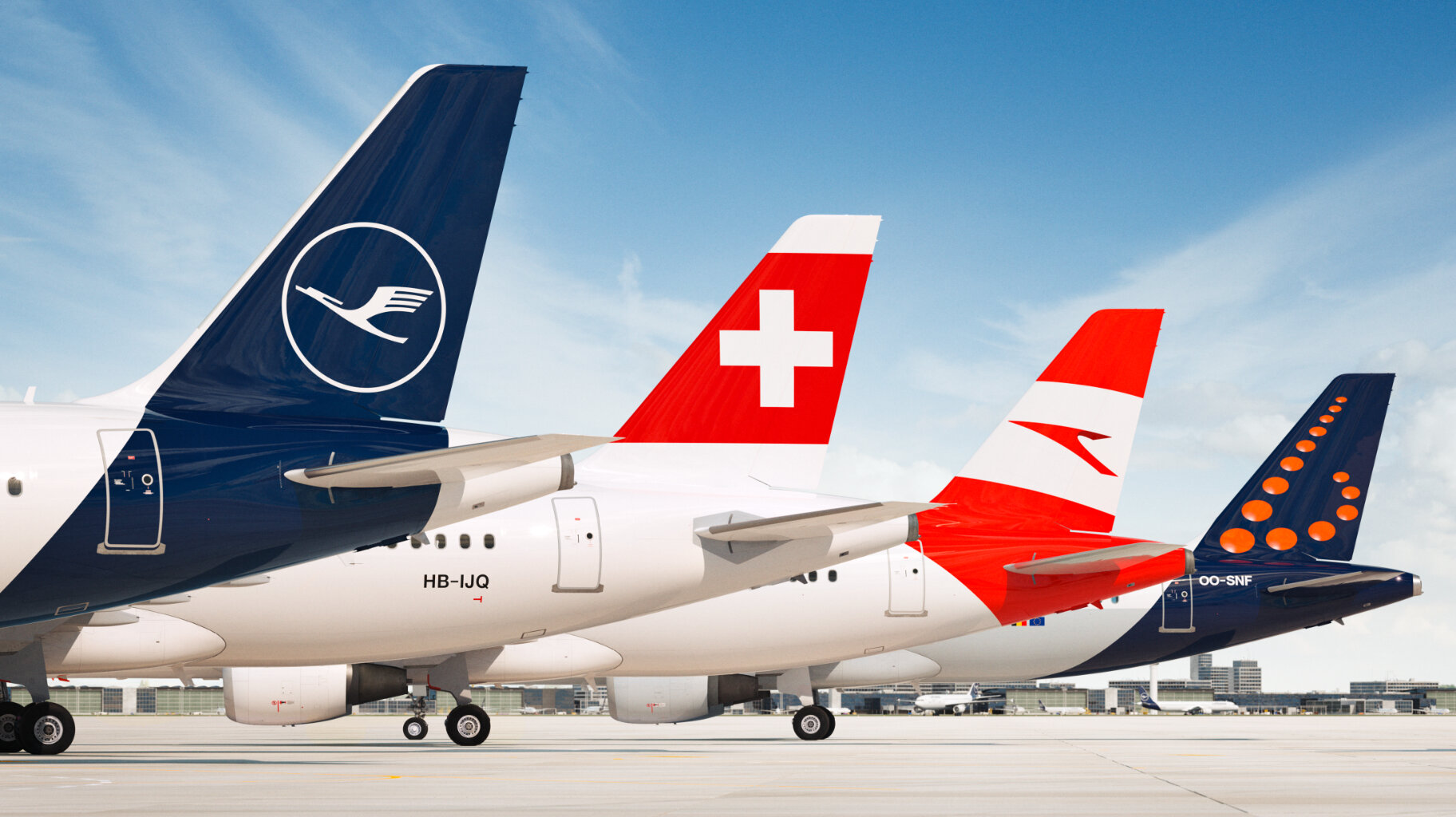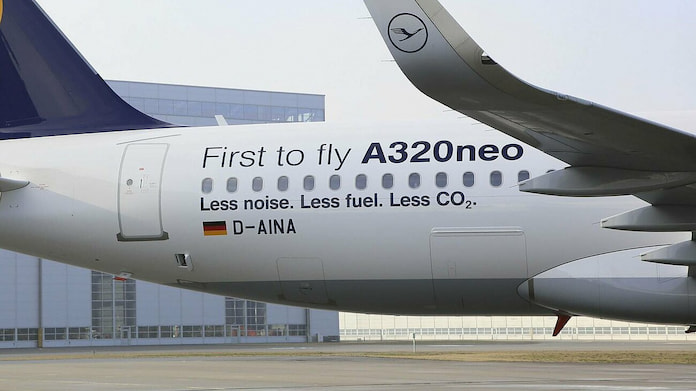Welcome to the Carbon Free Flight Report and the eFlight.Com community! Every few weeks we will provide you with curated news and information from around the world about advances towards achieving carbon free flight. Our mission is to support the Aviation Industry’s goal of becoming ‘Carbon Free by 2050.
In our semi-monthly newsletter, we will share updates on Key Investments, Product Advances, Technology breakthroughs, Regulatory Approvals, Executive Appointments, Consumer Behavior and anything else that takes closer to carbon-free aviation.
We also look forward to input from you about achievements, innovations, test flights, certifications and regulatory approvals, and other carbon-free flight activities that you or your company are involved in and that you would like to share with the community. Please email us at jdhillon@eflight.com and we will include it in our updates.
Key Investments
Lufthansa Group invests in SAF

Lufthansa Group invests in SAF, to become Europe’s biggest SAF customer. The Group invested $250 million in Sustainable Aviation Fuel distributed over a period of three years. The German carrier said that this is owing to a huge demand for carbon-neutral flights from its corporate customers.
This also aligns with the climate plan of the European Union. As per this plan, any carrier will have to blend at least 2% of Sustainable Aviation Fuel (SAF) with the conventional jet fuel starting 2025. This plan can further be expanded to blend 5% SAF by 2030 and 63% SAF by 2050.
Product Advancements
Rolls-Royce sets world record with its all-electric plane.

Its Spirit of Innovation aircraft flew at the top speed of 555.9 Km/h over a distance of 3 Kms. It also set a record of flying at 532.1 Km/h over a distance of 15 Kms, which is way faster than the previous record. And it created a new record of the fastest climb to 3 Kms in just 202 seconds.
These unprecedented achievements were recorded in the UK Ministry of Defence’s Boscombe Down testing site in Wiltshire, United Kingdom.
The Spirit of Innovation aircraft, which is powered by a 400 kW powertrain, started its flight in September 2021. This aircraft’s engine has one of the highest power densities in electric aircraft. It is also interesting to note that the record of fastest electric aircraft was previously owned by Siemens’ Extra 330LE. But Rolls-Royce bought their Hybrid and Electric propulsion business in 2019.

MONTE partners with DANTE AeroNautical
Monte and Dante join hands, to build a hydrogen-electric aircraft. Monte is a clean technology provider company, and Dante Aeronautical specializes in sustainable aviation alternatives. The collaborative project to create an amalgamation of electric-driven systems and hydrogen fuel cells is set to begin in 2024.
The creation of such hybrid vehicles from scratch is more time and cost-consuming. Hence, the companies have decided to use conversion as a faster means to attain the green hybrid goal. The first hybrid aircraft of such technology will be developed by converting a flight from one of Dante’s partner companies, Cessna Caravans. If the current plans are executed effectively, we can see a fully operational Cessna by 2024.
Embraer Announces the Energia Project

On 8th November 2021, Embraer announced their new “Energia” project. This project aims to reduce the net carbon emission up to zero per cent by the end of the year 2050.
The company partnered with aeronautical research institutes, various engineering institutes, and many small as well as mid-level firms to achieve the desired goal with maximum efficiency.
The various partners will help the company for a better understanding of the concepts about energy conservation, storage, and management to successfully apply them to the new aircraft models. The company is set to create four different prototypes of aircraft ranging from 9 passengers up to 50 passengers. All four models use different models of energy consumption and management.
World’s First Flight Using Synthetic Fuel

November 17 marked a great success in the results of the project Martin by the British Air Force in partnership with Zero Petroleum. This successful step marked a 21 minutes flight that used completely synthetic fuel. The record-achieving success is noted in the Guinness Book of World Records as the world’s first flight ever to use 100% synthetic fuel.
Royal Air Force(RAF) believes that this success paves the way for a minimum 80 to 90% carbon reduction in conventional fuel flights. They also believe that synthetic fuels will be a game-changer in the coming times to provide energy to the fast jets. RAF has also signalled to replace the petroleum-based fuels from its flights in the coming years. However, the cost-effectiveness of synthetic fuels also plays a major role in deciding the future of flights with synthetic fuels.
Technology Advancements
Solar Kerosene
Swiss Scientists create ‘solar kerosene’ using only carbon dioxide and water present in the air. It will use solar energy to get ‘syngas’, which is a blend of carbon monoxide and hydrogen. These products are stated to be efficiently valuable for the development of numerous energy sources such as – kerosene, methanol, and other hydrocarbon-containing fuels. It will also reduce the cost value to $6 per gallon.
The produced solar kerosene will be carbon-free as the carbon dioxide used for its preparation is extracted right from the air. Hence, no extra carbon emission is observed. Additionally, the fuel guarantees to give an optimum performance by matching the standard of previously existing fuels and promises to meet all the standards of aviation fuel. The preparation of the fuel is presumed to take place in arid lands and deserts. However, due to higher costs for machinery at the initial stages, the government is expected to fund the project until the fuel is created at the industry level.
Regulatory Approval
MTU partners with EASA to develop approvals for Flying Fuel Cell

MTU Aero engines, which is based out of Germany, is partnering up with the European Union Aviation Safety Agency, EASA, to create a standard certification for its flying fuel cells. These cells are powered by hydrogen and are an innovative propulsion concept for net-zero emissions.
MTU is vouching for the approval of its new technology of flying fuel cells. It is important that this new technology meets the safety standards of the aviation industry. And thus, MTU needs regulatory approvals and verification for these hydrogen-powered cells to operate safely.
Consumer Trends
Lufthansa Group launches a green campaign

Lufthansa Group launches a green campaign, that allows the customers to choose an option to fly green by paying an additional fee charged in the ticket fare. This great marketing strategy for environmentally conscious citizens plans to mark green seats and create digital badges for promoting the green cause.
The additional charge taken from the flyers is 1% of the fee amount. This arrangement allows the passengers to compensate for the carbon emissions by using the charge fee to give a net overall zero-emission for green passengers. By doing so, Lufthansa Group is aiming to halve its emissions from 2019 by 2030.
Google Flights announces a new feature

Google Flights announces a new feature where it will display the carbon emissions of prospective flights. You can now book your upcoming trips based on the carbon emissions estimates of that flight. Google Flights will allow you to prioritise greener flights using a colour-coded system. The estimates will be calculated based on a mix of parameters provided by the European Environmental Agency and flight details from the airlines.
It would consider factors such as the age of the aircraft, the route that is taken, the speed and altitude that it flies at, etc. However, some of the important factors such as the type of fuel used and whether the plane was flying in the direction of the jet streams or against it are still to be included. This feature makes sustainability an easier choice for passengers. But, the accuracy of these estimates is something that Google will need to work on.
Climate Change

The aviation industry accounts for 4% of climate change as opposed to the 2% contribution thought initially. According to researchers from Oxford University, aeroplanes alter the chemical balance of the atmosphere in addition to releasing vast amounts of carbon dioxide. Using modern techniques, they have come to the conclusion that the nitrogen oxides, water vapour and other small particles produced by aircrafts damage the atmosphere around them. They also affect cloudiness. All this adds to the ‘net warming signal’ by the industry.
With the growth in the number of flyers, the contribution of the aviation industry to climate change is set to grow tremendously. However, with some reduction in emissions, this impact will also lessen tremendously. Thus, the aviation industry needs to focus on CO2 as well as non-CO2 emissions, and think in the right direction for a fundamental change.
Stay tuned for more updates! We bring you the ‘Green Flight Report’ every fortnight. Subscribe to our newsletter for more such news!



